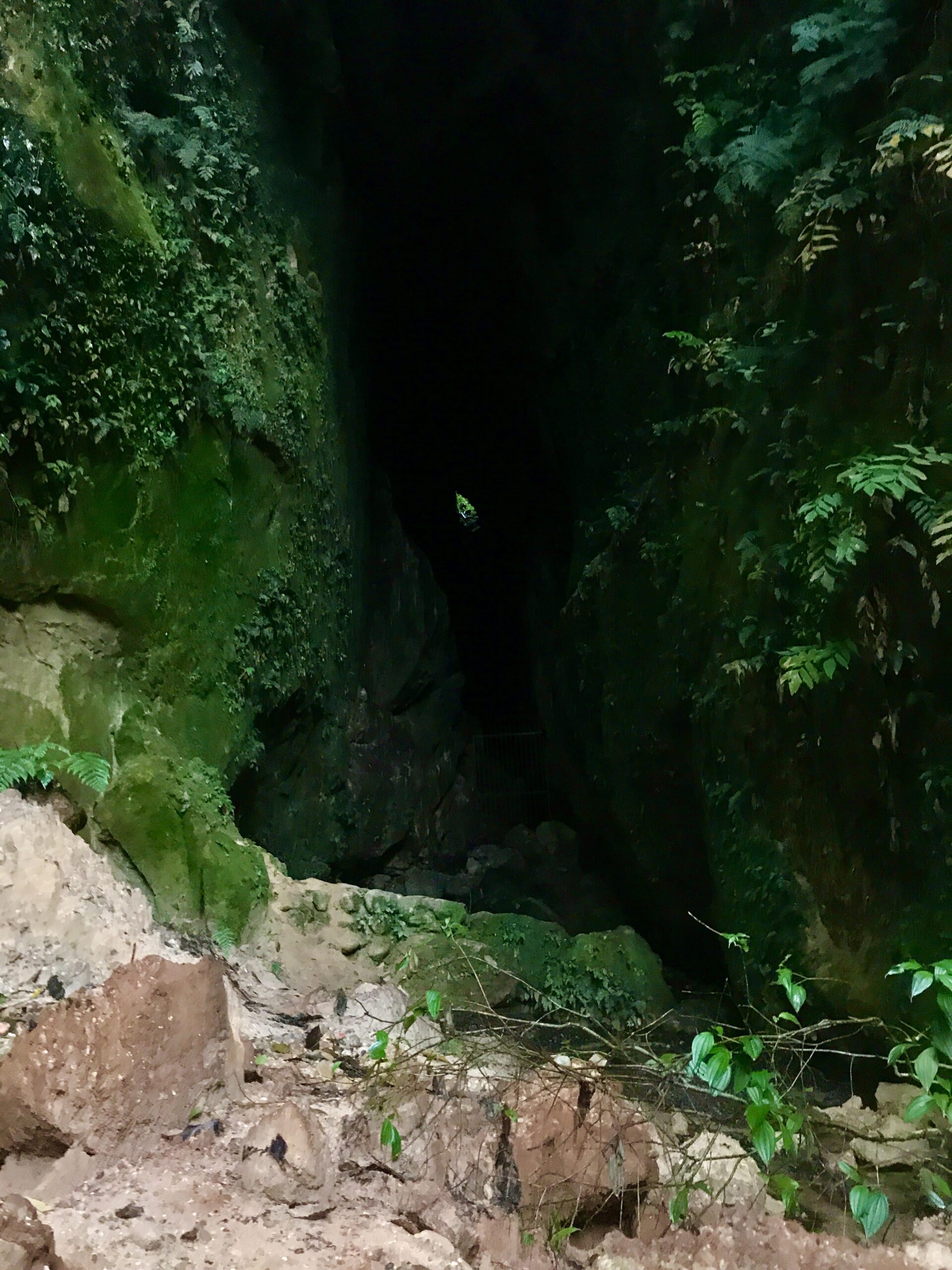
La caverna de los Guacharos
Longitude / Latitude / Altitude: -65.47155 / -17.06333 / 480 m
Department / Province / Municipality: Cochabamba / Tiraque / Shinahota
Length: 10:03min
Type: Binaural, mp3, 320kbps
The Cueva de los Guácharos opens on the Amazon slope of the Eastern Andes, 11 km southwest of Villa Tunari, in the Chapare.
The cave is completely excavated in the red Cretaceous sandstone and develops 280 m of active gallery that follows a vertical fracture of the SW-NE axis, for a drop of 35 m. The rooms near the entrance are inhabited by guácharos, cave birds from tropical regions.
It is the only species of the genus Steatornis and the family Steatornithidae, and the only nocturnal frugivorous bird of the order, and one of the few birds, and the only nocturnal, that navigate by echolocation in low light conditions. This bird, equipped with the echolocation mechanism and a powerful sense of smell, feeds at night on a wide variety of fruits, which makes it almost unique.
It lives in colonies inside deep caves. During the night flight out of the caverns, it plucks its main food (palm nuts) with its powerful hooked beak. While flying in dark caverns, guácharos employ an echolocation guidance system, similar to sonar, producing audible “clicks” at a frequency of 2000 cycles per second.3 It can be easily heard when the bird is in flight. At 10 weeks old, the young are 50 percent more weight than their parents. The body of the hatchlings is full of fat and they have been known to eat a quarter of their weight each night.
Although at the international level they are less worried about extinction, the population in Bolivia has been decimated considerably, so these birds are protected today, placing a fence at the entrance of the cave.
You can also vistit the Sonicmater platform with more related fragments: